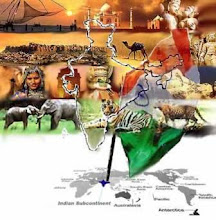More Details - Raigars
Child marriage has been replaced by adult marriage. The marriage is solemnized at the bride's residence according to Hindu Vedic rites. Marriages are arranged by negotiation with the help of a mediator (vichola). The girl is offered a suit and fruits during the Roka ceremony. The marriage rituals are performed at the bride’s residence and is officiated over by a priest. Dowry is paid in the form of house holds and electronic appliances, furnitures, utensils (like thali, lota), furnishings, ornaments and a big trunk (petti). Magal-Sutra, Vermilion (sindur), toe-rings (bichchwa) and lac bangles are the marriage symbols for women. The rule of residence is patrilocal. Both widows and widowers can remarry. In the Raigars, divorce is rare. But if it happens, either spouse can seek divorce. Generally women do not ask for divorce.
The Raigars live both in nuclear and extended types of families, though the former is more prevalent. Male equigeniture is the rule of inheritance and succession is through the eldest son. The status of women is lower than that of men.
Pollution is observed for fifteen days after birth and on the seventh day after birth, the name giving ceremony (nam sathya jaloa) is observed in a temple. The birth of a son is celebrated by offering a feast (roti) to members of the community. They perform the tonsure (mundan) ceremony at any holy shrine within one year of birth.
The dead are cremated and on the third day the bones and the ashes are immersed in a river. They cremate their dead but those who are considered saints (sants) are buried (samadhi dena).
